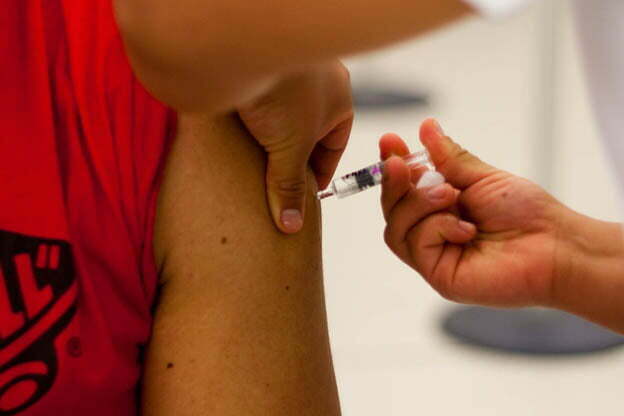Sexual Health
Microbicides: New Research To Prevent STI Transmission
One of the most devastating modern health issues, Human Immunodeficiency Virus (HIV) affects more than 33 million people around the globe and has killed more than 25 million people. Although advances in treatment have improved the lives of those affected, there is still no cure. Thus, preventative measures are crucial to helping stop its spread. Although the virus can be contracted through various means, efforts are focusing on preventing transmission during sexual activity.
Microbicidal lubricants are an emerging product that may help prevent HIV. Lubricants that claim to help prevent viral STIs such as HPV are already on the market, but have not been approved by the FDA for this purpose. More powerful microbicidal agents that may be effective against HIV are currently under review as a future strategy for preventing the spread of the virus.
Announcing Microbicides
According to the World Health Organization:
Microbicides are compounds that can be applied inside the vagina or rectum to protect against sexually transmitted infections (STIs) including HIV. They can be formulated as gels, creams, films, or suppositories. Microbicides may or may not have spermicidal activity (contraceptive effect). At present, an effective microbicide is not available.
While they are currently not available for use, researchers have been testing the effectiveness against contracting STIs. In 2010, researchers presented a study of vaginal microbicides called CAPRISA 004 Microbicide Study. In testing antiretroviral gel in heterosexual women, the study found that the gel was 39% effective in reducing the risk of contracting HIV during intercourse. The study also determined that “the gel was also 51% effective in preventing genital herpes infections. Since having a sexually transmitted infection like herpes increases your risk of contracting HIV, this is another important result.” Read about the different types of microbicides and how they work here.
This is important research, as currently the only form of protection against STIs and HIV are condoms (for both anal and vaginal sex) which poses numerous issues. If condoms are not used or used incorrectly, there is an even greater risk for pregnancy and HIV transmission. If the condom is lubricated with nonoxynol-9, it decreases its effectiveness against STI infection. Nonoxynol-9 is a spermicide found in many condoms, gels, and lubricants for the purpose of preventing pregnancy, but does not reduce the risk of contracting HIV. In fact, it increases the risk of HIV transmission. This might be due to irritation or tears in the condom, or its potential to disrupt the vaginal cell wall. Additionally, does not protect against other STIs such as gonorrhea or chlamydia. The WHO explains,
There is no evidence that condoms lubricated with nonoxynol-9 are any more effective in preventing pregnancy or infection than condoms lubricated with silicone, and such condoms should no longer be promoted. However, it is better to use an nonoxynol-9 lubricated condom than no condom at all.
Anal Sex and STI Transmission
While the CAPRISA 004 study examined the effectiveness of microbicides in vaginal heterosexual intercourse, it has yet to be tested for anal sex. As opposed to vaginal intercourse, those who engage in anal intercourse are 10-12 times more likely to contract HIV from a HIV-positive partner due the fragility of the rectal lining. For the men and women that engage in anal sex, microbicides could be a great alternative (if proven safe and effective) when condoms are not available, affordable, or culturally acceptable.
Why microbicides matter in protecting against HIV
In the developing world, HIV affects more women than men. In fact, 6 out of 10 of those affected in sub-Saharan Africa are women. The majority of those woman contracted the virus from heterosexual intercourse. In places where condoms are not readily available or in a situation where a male heterosexual HIV-positive partner refuses to wear one, microbicides empower women to protect themselves (It would even give sex workers more control over HIV transmission, as they can apply it without the client’s knowledge).
If microbicides become available over the counter (OTC) as with condoms, and become widely available worldwide, it could potentially help decrease the spread of HIV. The microbicides that are currently being developed also have the potential to also contain a spermicidal (contraceptive) component, enabling the lubricant to serve a dual purpose.
Stay Tuned
It is crucial to emphasize that when microbicides become available to the public, they should not replace HIV prevention strategies such as using condoms, regular STI testing, and monogamy, but compliment them.
If you have more questions, talk to a trusted healthcare professional, and be on the lookout for more updates regarding microbicides.









